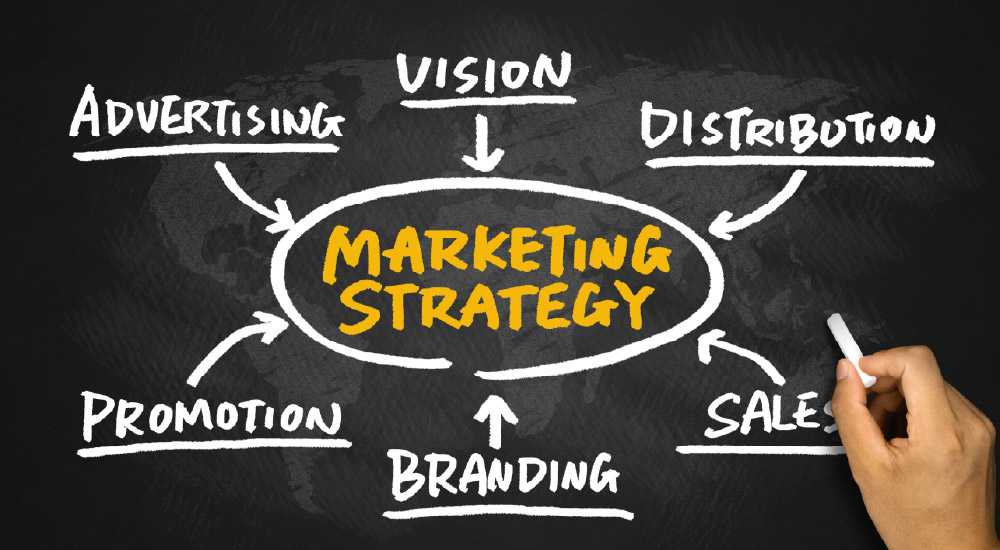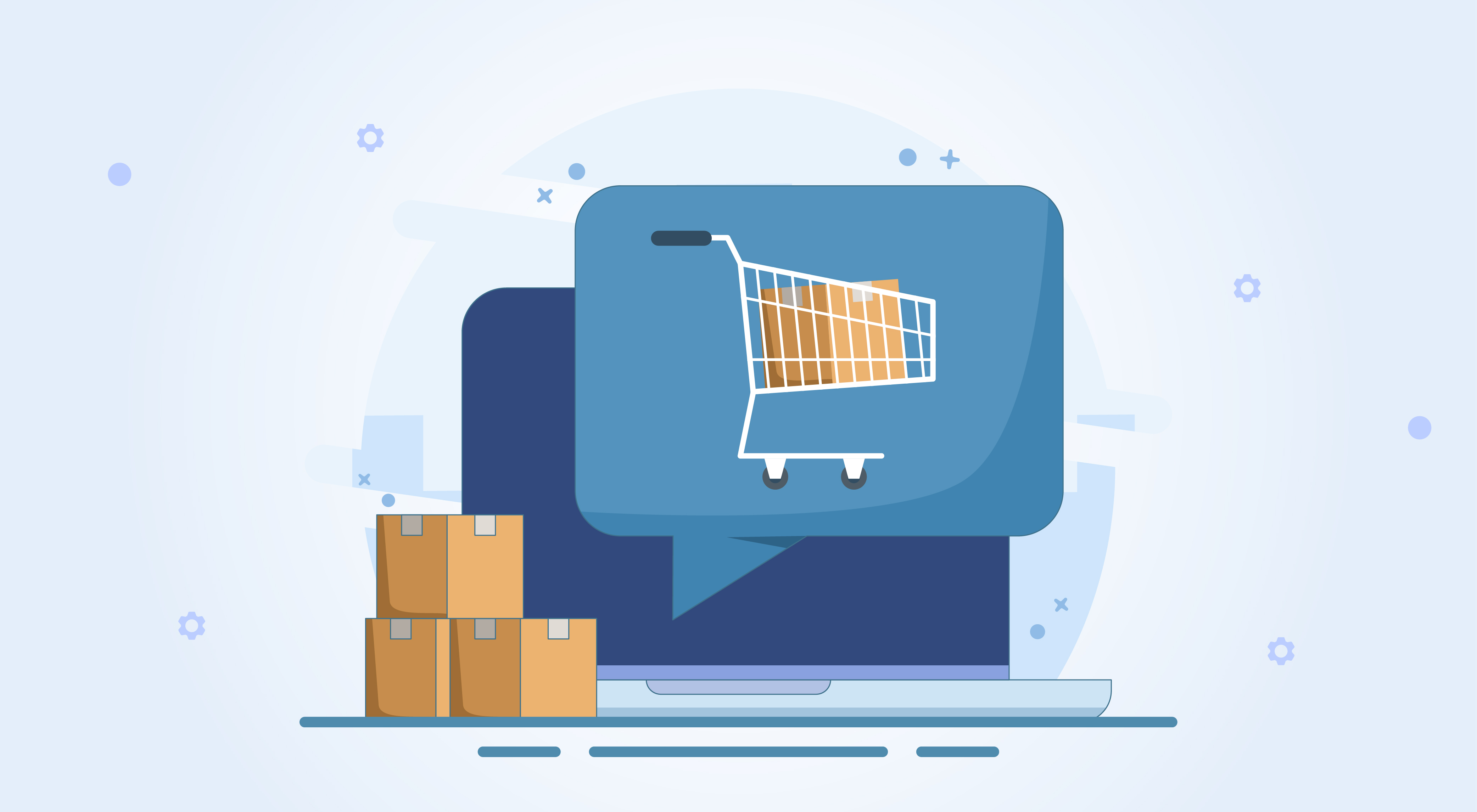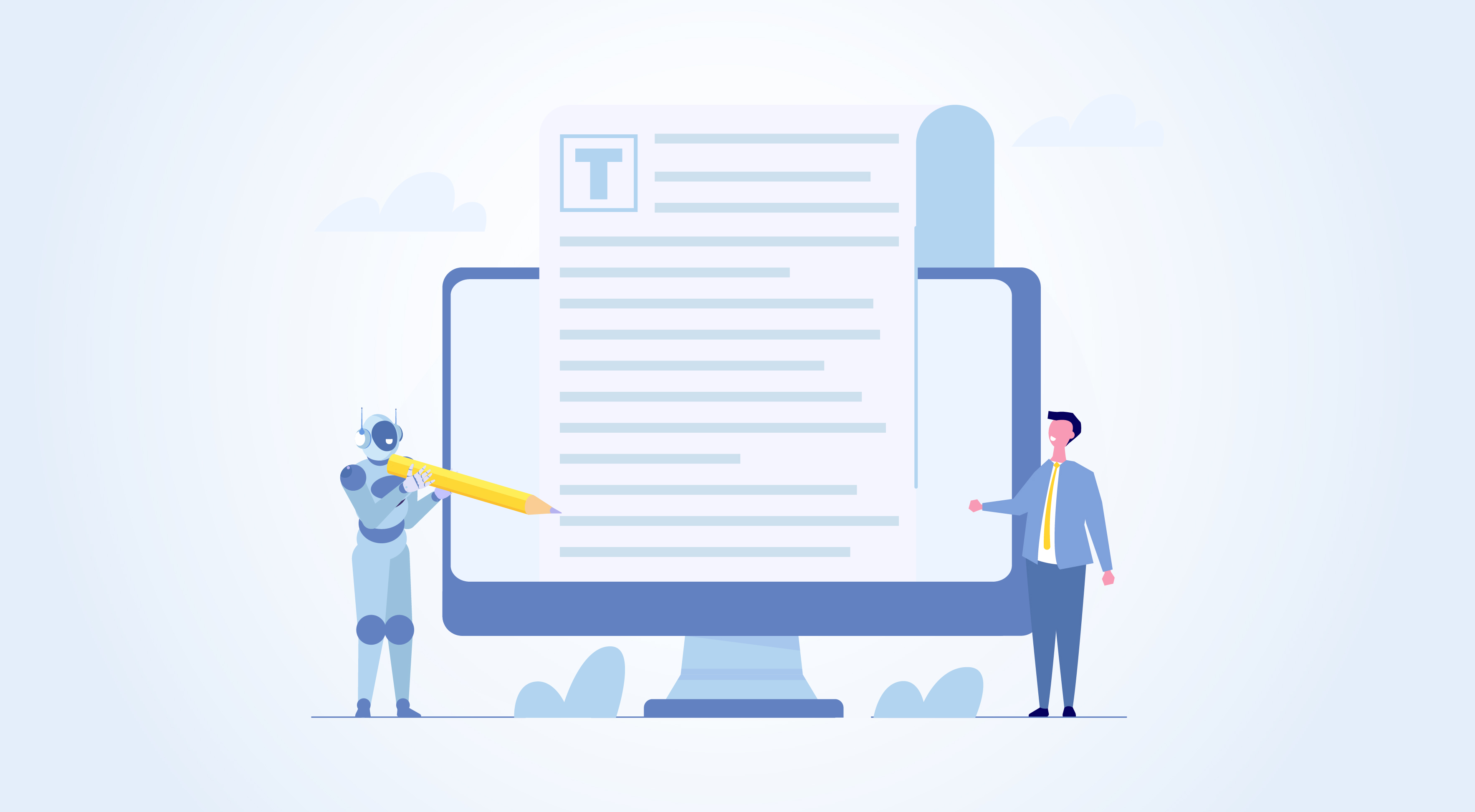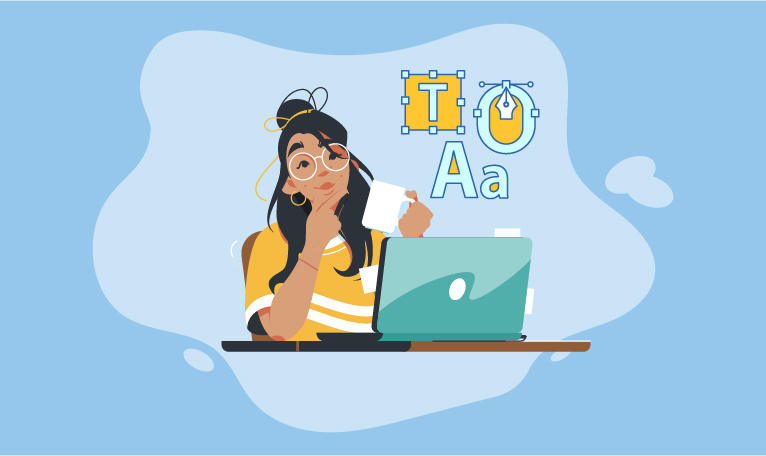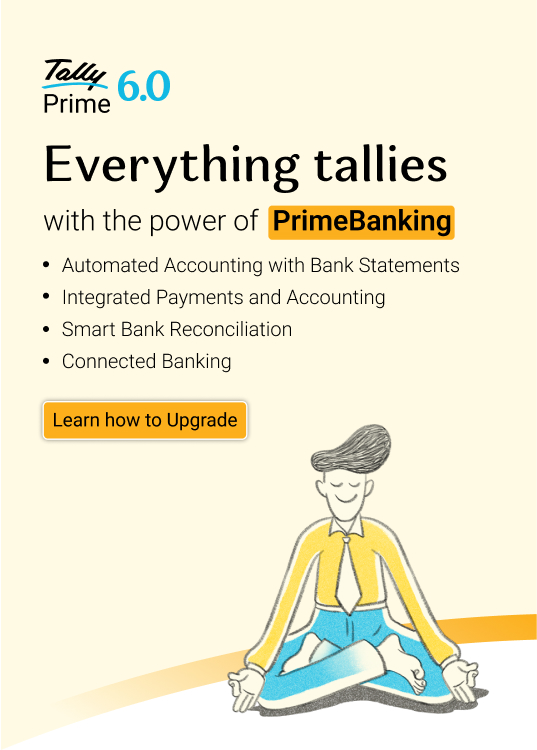Remember when every email began with a stiff “Dear Customer”? Yeah… those days feel like ancient history. Thankfully, marketing has grown up. Today, personalisation is the name of the game — and it’s winning.
We live in a world where:
-
Netflix knows what you’ll binge before you do.
-
Emails “magically” guess your snack cravings.
-
Ads somehow know you’ve been eyeing that weekend getaway.
Creepy? A little. Effective? Absolutely.
So what does this mean for small businesses? Let’s pull back the curtain and see how personalisation is reshaping modern marketing, one hyper-relevant message at a time.
What exactly is marketing personalisation?
Picture this: you walk into your neighbourhood bakery. The owner remembers you love sourdough, offers you a taste of rye bread you might like, and reminds you about the loyalty card you forgot you had.
That’s personalisation. And now, it’s happening online — powered by data, tech, and some clever automation.
In simple terms:
Personalisation = adapting your content, offers, and messages to one person, not “everyone.”
Why personalisation matters more than ever?
We’re drowning in noise. Inboxes overflow. Ads are everywhere. Attention spans? Shorter than a TikTok.
Personalisation cuts through the clutter. It:
-
Makes people feel special (not just “targeted”)
-
Boosts engagement & loyalty
-
Drives conversions without feeling pushy
And here’s why brands have had to pivot:
-
Big data: Every click, scroll, and swipe leaves a breadcrumb trail.
-
Customer expectations: If Amazon can nail it, why can’t you?
-
Affordable tech: AI, CRM tools, and automation aren’t just for giants anymore.
Types of personalisation (with examples)
Personalisation isn’t just sticking [First Name] in an email subject line. Here’s how brands are getting creative:
-
Content personalisation
→ Blog posts, videos, or guides based on past engagement.
Example: A sportswear brand offering vegan vs. non-vegan meal plans. -
Email personalisation
→ Dynamic content tied to purchase history, weather, or location.
Example: A travel site showing sunny beaches to Londoners in gloomy February. -
Product recommendations
→ “You might also like…” prompts.
Example: An online bookstore suggesting thrillers if you just finished a crime novel. -
Website personalisation
→ Different homepages for repeat vs. new visitors.
Example: Showing in-store stock to someone browsing nearby.
Smart Move Tip: Tools like Mailchimp, HubSpot, and Shopify plugins make this easy for small businesses, too.
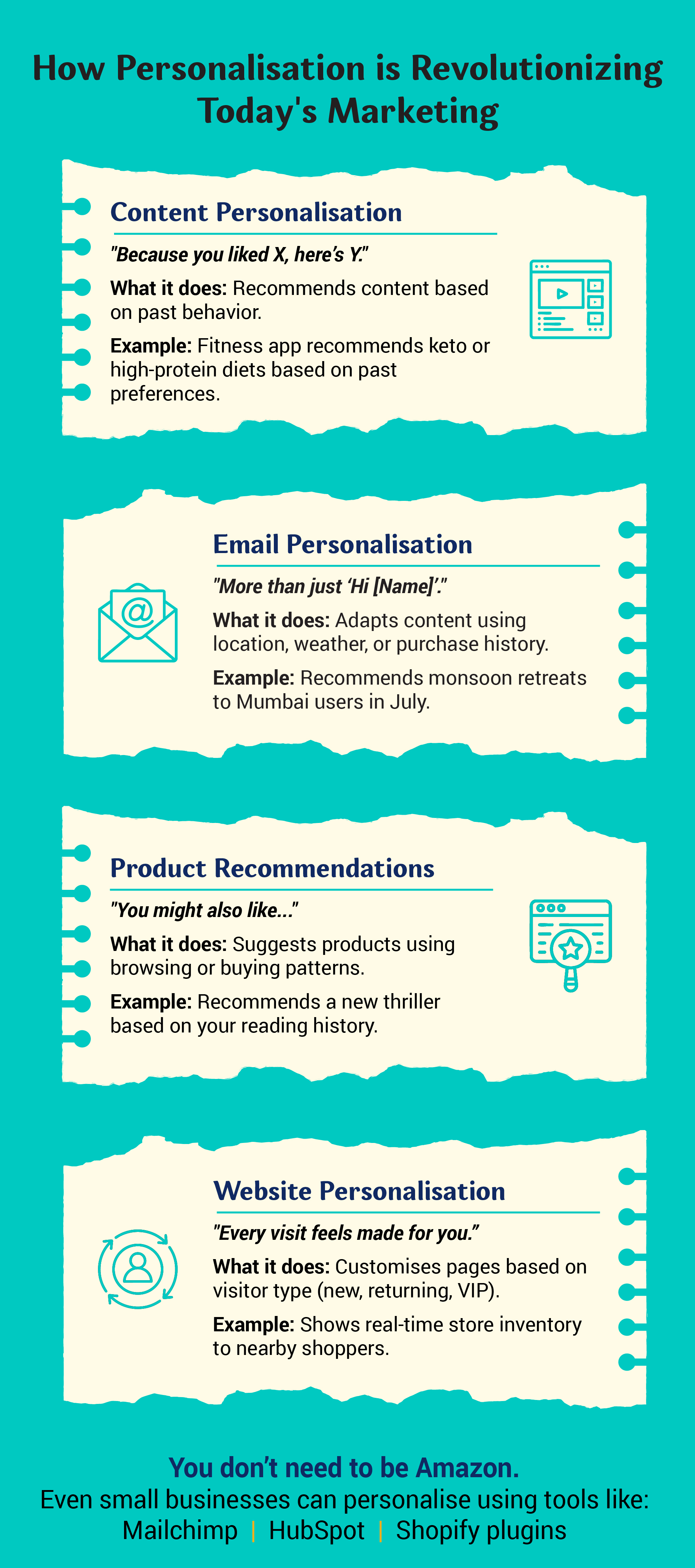
What’s in it for everyone?
For brands:
-
Higher conversions
-
Better ROI
-
Stronger customer retention
-
Loyalty that lasts
For customers:
-
Fewer irrelevant messages
-
More useful offers
-
A seamless, “you get me” experience
It’s not just marketing — it’s matchmaking. Win-win.
How personalisation really works (behind the scenes)?
Every personalised message relies on three silent partners:
-
Data: Understanding customers better than they know themselves.
-
AI: Predicting what they’ll want next.
-
Automation: Delivering the right message at the right time, on the right channel.
Together, they turn raw data into moments of delight.
The fine print: challenges & ethics
Personalisation is powerful — but handle it wrong, and you risk turning from “friendly brand” into “creepy stalker.”
Watch out for:
-
Privacy concerns: Respect GDPR, cookies, and consent.
-
Over-targeting: Nobody wants sock ads for weeks after buying one pair.
-
Data fatigue: Be transparent about how you use info.
Golden Rule: Personalise, don’t pry.
Brilliant examples to steal inspiration from
-
Spotify Wrapped: A yearly ritual people look forward to.
-
Netflix: Keeps viewers hooked with scarily accurate recommendations.
-
Coca-Cola’s “Share a Coke”: A genius move that made soda feel personal with just a name.
The future is personal
No one wants to feel like a number on a spreadsheet. In today’s world, relevance is the real currency.
Whether you’re a solopreneur or a small team, start simple:
-
Personalise your emails.
-
Tailor your content.
-
Test product suggestions.
Small steps create big impact. The more personal you get, the more your customers will stick around.
So go ahead — stop shouting at everyone, and start speaking to someone.


